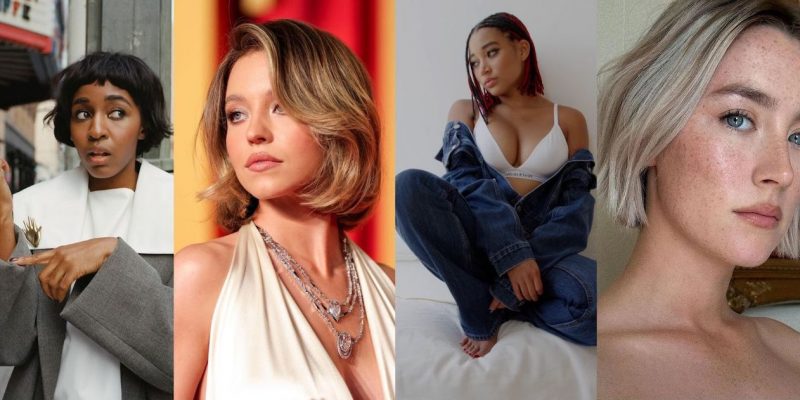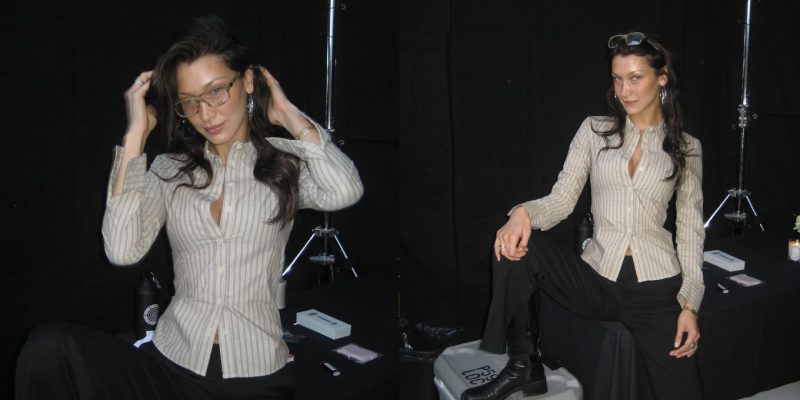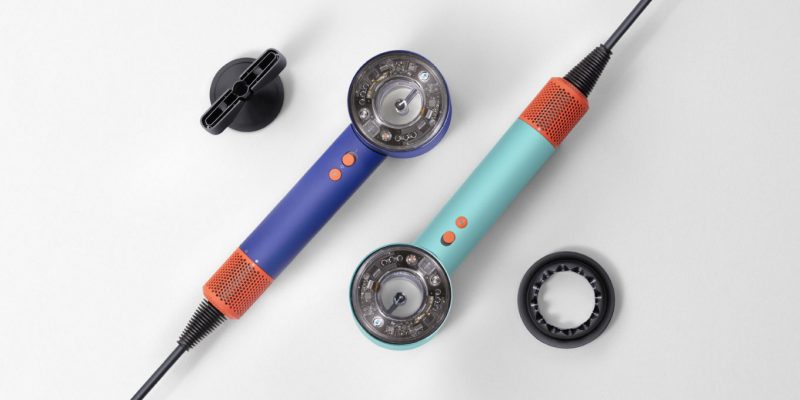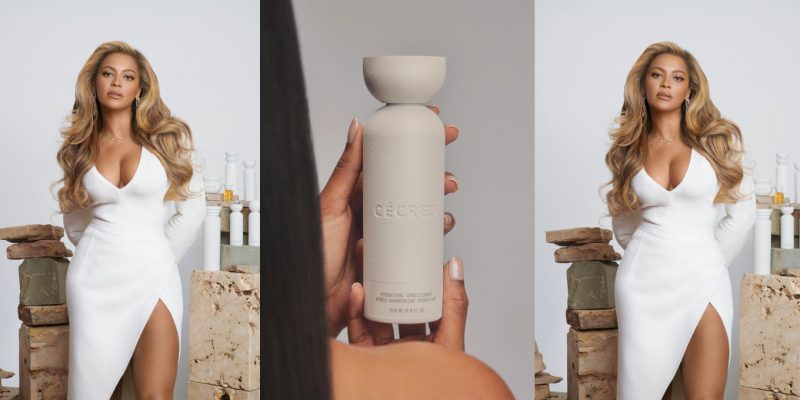Hair
The liberating power of a statement haircut
Guido Palau on finding inspiration, staying sane backstage and the case for a major haircut.
by : Victoria DiPlacido- Mar 10th, 2016
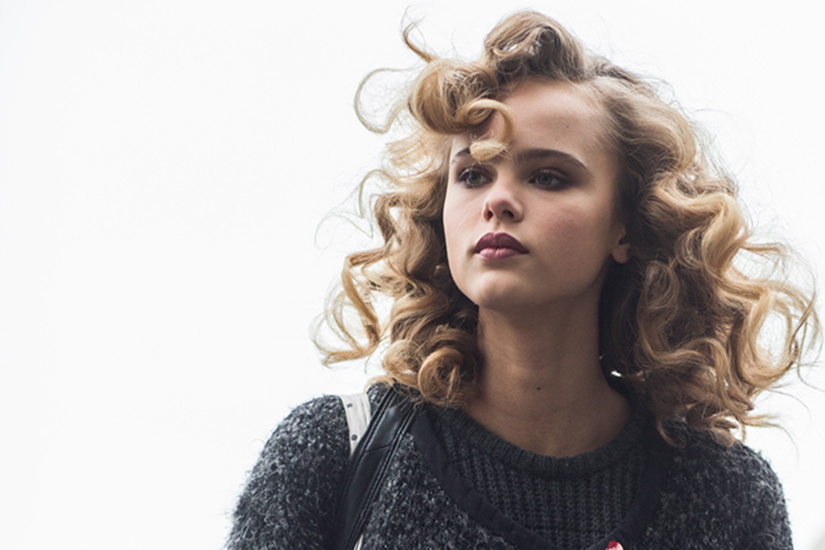
Paris Fashion Week is at the end of the fashion calendar, so models, makeup artists and hairstylists, including hair legend Guido Palau, have been working non-stop for about a month by the time it ends. With two days left in the F/W’16 season, we caught up with Redken’s Global Creative Director in the lobby of the Four Seasons Georges V hotel to talk about the long list of shows he worked on (Marc Jacobs, Alexander Wang, Dior and Givenchy, to name a few), the circus that is backstage and the liberating power of a statement haircut.
How’s Paris going for you so far?
Apart from my cold, it’s great. But I am happy that it’s going to be done in two days, let’s put it that way.
For sure. I mean, you’ve been going straight since….
January. Men’s shows and the couture shows. It’s a lot of shows, a lot of people, a lot of personalities.
How do you keep that up? I feel like I can’t get through one week before switching off with another editor.
One part of it is having to be creative, one part’s having to be resilient. I mean, I just work – I don’t really do anything else. I don’t socialize, that’s not my thing. I literally run out of the show and come back and watch TV. I need to separate myself from it. When it’s over, I kind of forget about it. I don’t really think about the shows again. Maybe I reflect on the ones I love and the ones I didn’t think were so good hair-wise.
When is something a success to you, and when do you look back and say ‘I wish this looked a little bit different?’
It can be the simplest of things. It’s not always the grandest shows that you feel like are your successes – like the Marc Jacobs show with all the finger waves, even though I did love that show. It all worked out and it was very precise. It was difficult because there were a lot of girls and it was a very difficult technique. There are not a lot of people who can do that technique and not muck it up, because once you put the gel in, it starts drying, so if you don’t get the waves in quick enough it’s a nightmare. It can be a simple [show] that I felt all the textures worked out, and all the girls looked really beautiful, and the designers were really happy and I can walk away.
A photo posted by Marc Jacobs (@marcjacobs) on Feb 19, 2016 at 11:54am PST
I suppose the ones I don’t like is when I feel like something’s not quite right, and it plays on my mind. It can be a small detail that no one would ever see. You forget when you’re there in the audience, you don’t just look at the hair, it’s the total effect. So you’re OCD-ing about stuff that maybe people don’t even realize. But nowadays, unfortunately, there’s so many people with cameras backstage, you feel like “Ah, hang on a minute,” you know? Because before that didn’t used to happen. You feel very exposed: every model posts a picture, they might not take the picture the best way… but you have to let it go. I mean, sometimes I don’t, it drives me crazy.
There’s many more ways that people observe your work now, not just reading a magazine. Back in the day, it was much more controlled, you wouldn’t be producing your beauty report for six months, and no one else would have really seen the beauty look [until then]. Now, the minute the show goes on everyone’s seen it. Some people will never see it in the magazine, they’ll never see the show, they just judge it on social media.
Do you think, with all that, it’s harder to surprise people now?
I think so, but then something like the Marc Jacobs show can surprise people. When a big designer like that does something so full on, it makes people think a little bit more. But yes, people are very aware of everything. Haircuts that we do now at shows, they don’t seem extreme anymore. You can’t do anything that extreme. It’s probably more extreme to see those finger waves [at Marc Jacobs] then to see, shaved [lines on the head] – people like that we see everyday. Some bourgeois woman’s daughter has that. It’s not the ’70s, it’s not a political statement anymore to do that to your hair. I’m amazed really in saying that I like the extremity that you can get in fashion: To take a girl from a very extreme haircut to very natural, and everything seems current. That’s the modernity of it. And in one show you’ll have many different kind of looks sometimes – curly, a hair cut, straight, wavy. That would never have happened before.
But you have done some major, kind of shocking haircuts. At the Alexander Wang show, for instance.
I saw two of [the models] yesterday at a show: Katherine, the model with orange hair, and then Charlie, an Australian girl that I did a sort of bi-level bob. I said “Well girls, you two took a leap of faith, and it paid off.”
A photo posted by Guido Palau (@guidopalau) on Feb 13, 2016 at 4:21pm PST
So when you’re looking at this model with long blonde hair, you just thought “Okay, this short cut’s going to work for you?”
I was going to do it blonde and then suddenly I went, ‘Let’s do it orange.’ It was just a gut feeling. I think it was [collarbone length] and I knew, if you’re going to cut it, I mean there’s no point in cutting it to here [shoulder length].
Right.
So it went [shorter] and then it went [even shorter], and then the fringe was there and then I said, “Well look, if you’re going to do it then you’ve got to make a statement.” In six months it’s going to be a normal bob, so if you’re going to do this thing… I say to the girls, “There’s no point in [a small change], it doesn’t mean anything.” It might mean something to you personally, but in the state of things… Every girl that’s become a big model has their own thing. They have to stick out and be individual. I think they don’t have to have haircuts, but they have to have their thing. The idea of beauty is changing now, which is great, so it’s celebrating many more kinds of beauty. You just have to be your beauty, you don’t have to be somebody else’s beauty.
When we’re talking about change, you have to own it a little bit. And it’s harder, even if you’re changing something not as radical, maybe just getting your bangs cut, or changing your hair colour or taking a few inches off, I think there is a big fear factor with real women and that’s why they keep hold of their hair. But sometimes they’re probably not celebrating their beauty in the best way. Sometimes it’s just safe, there’s no questioning. It traps people a lot, so that’s why they’re interested in braids, and things that they can take off easily. I always say to women, ‘Once in your life wouldn’t it be great to release that and just see?’
This interview has been condensed and edited.
READ MORE:
This is the product Kylie Jenner uses when she gets a pimple
How one model manages her acne
The details on “souping,” the latest diet craze
Newsletter
Join our mailing list for the latest and biggest in fashion trends, beauty, culture and celebrity.
More from Hair
Read Next

Fashion
Are Fashion Brands Getting Greener?
While the fashion industry is making a lot of noise about being more sustainable, a closer look shows that its earth-friendly commitments are often more illusion than reality.
by : Marouchka Franjulien- Apr 19th, 2024

Beauty
What Beauty Packaging Is Actually Sustainable?
We sought out leaders in the field to help us get to the bottom of the blue bin once and for all.
by : Victoria Christie- Apr 19th, 2024

Culture
This University Elevates Women to New Professional Heights
You shouldn’t have to pause your life to move forward in your career.
by : ELLE Canada- Apr 16th, 2024

